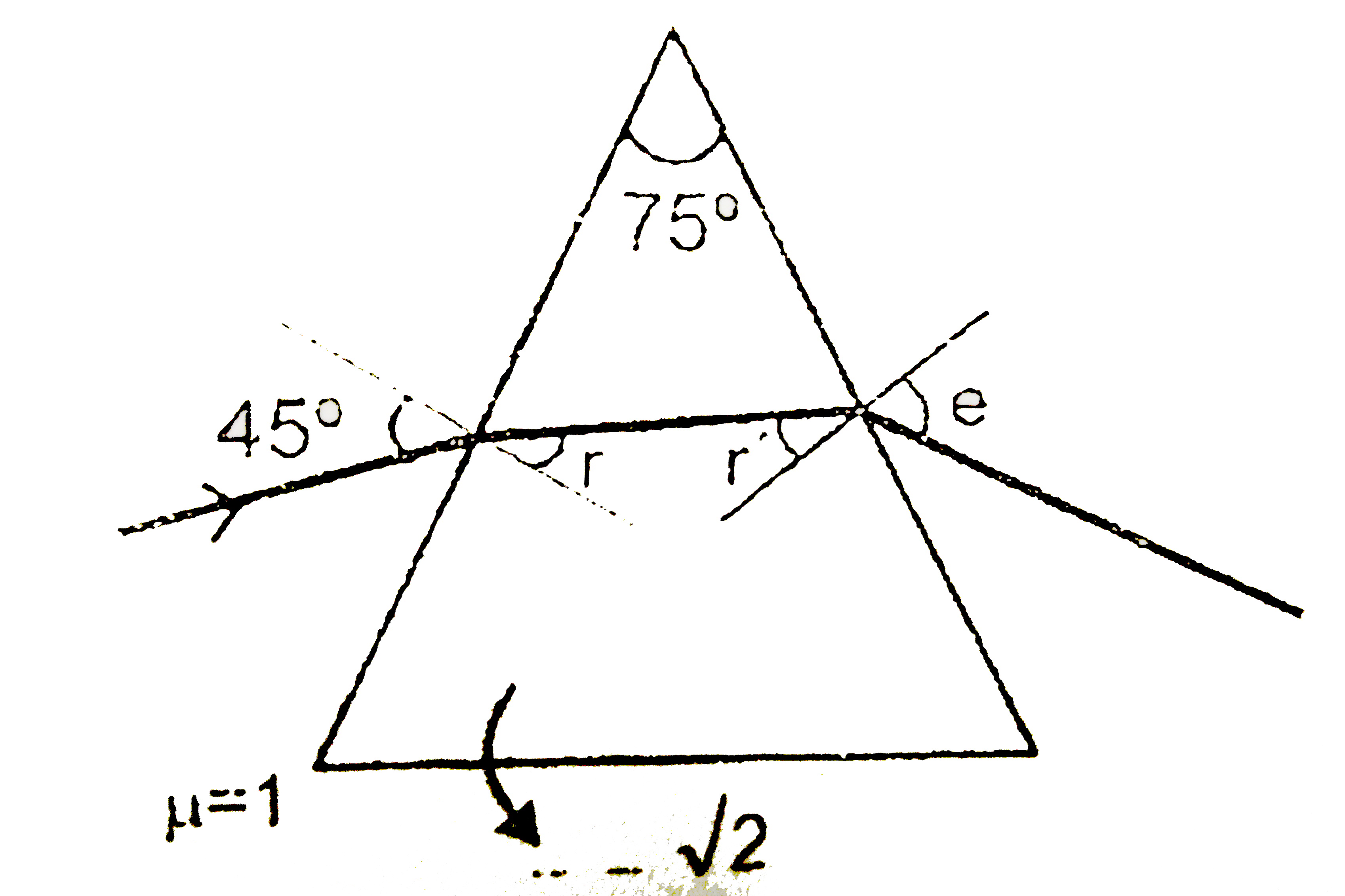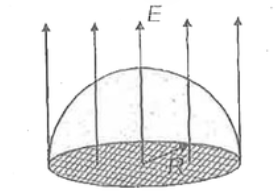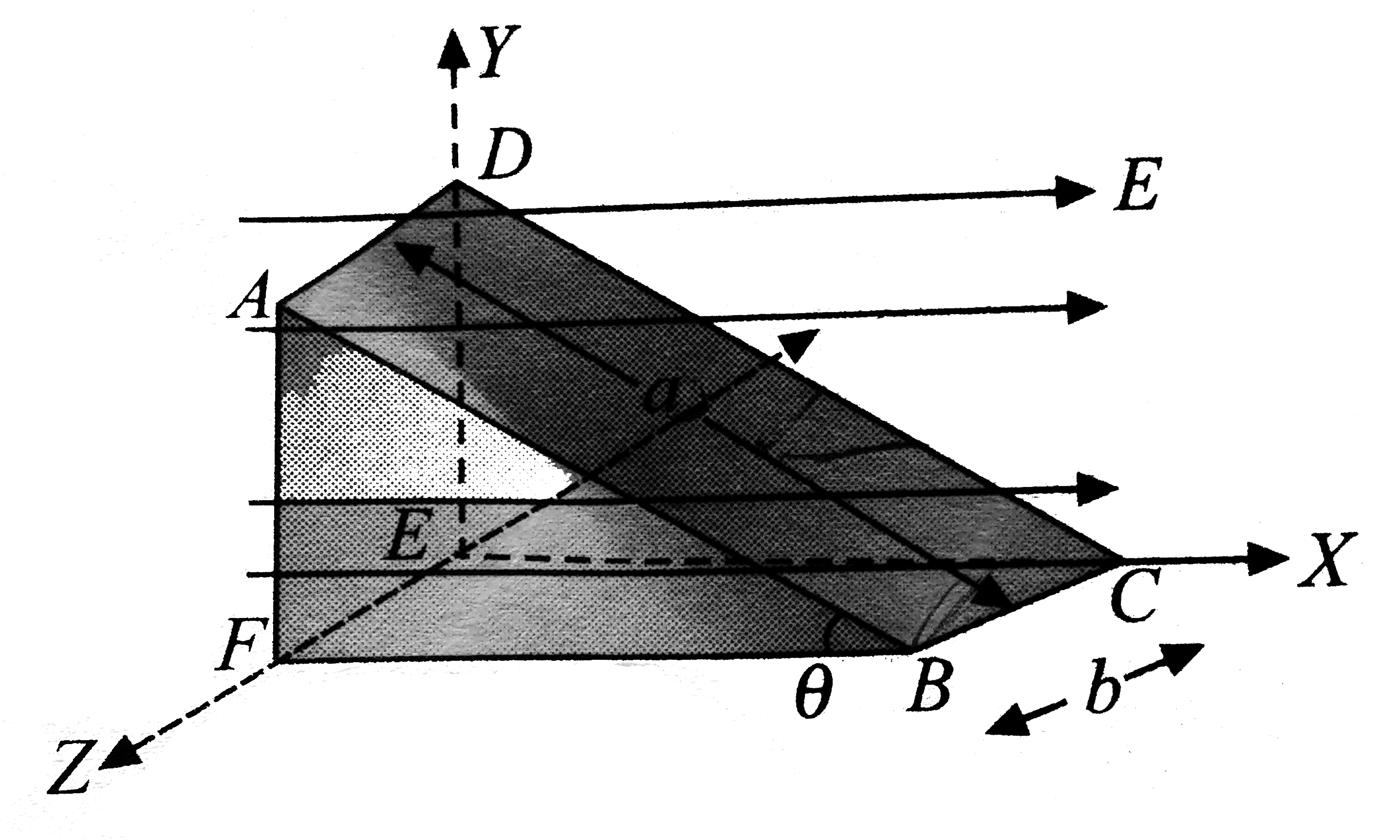Find r,r',eandδ for the case shown in figure

Here θ=180∘−75∘=105∘
sin45∘=√2sinr
sin45∘=√2sinr
∴r=sin−1(1)2=30∘
r'=180∘−(r+θ)
=180∘−30∘−105∘=45∘
sine=√2sinr'
∴sine=√2×sin5∘=1
∴e=90∘
So, δ=i+e−A=45∘+90∘=6∘

Topper's Solved these Questions
- GEOMATRICAL OPTICS Book:RESONANCE ENGLISHChapter:GEOMATRICAL OPTICS Exercise:Exercise-1
Explore 141 Videos
- GEOMATRICAL OPTICS Book:RESONANCE ENGLISHChapter:GEOMATRICAL OPTICS Exercise:Exercise-2
Explore 62 Videos
- GEOMATRICAL OPTICS Book:RESONANCE ENGLISHChapter:GEOMATRICAL OPTICS Exercise:Advance level Problems
Explore 35 Videos
- EXPERIMENTAL PHYSICSBook:RESONANCE ENGLISHChapter:EXPERIMENTAL PHYSICSExercise:PART -II
Explore 10 Videos
- GRAVITATIONBook:RESONANCE ENGLISHChapter:GRAVITATIONExercise:HIGH LEVEL PROBLEMS
Explore 16 Videos
Similar Questions
In the L-C-R circuit as shown in figure,

View SolutionFind RAB in the circuit shown in figure.

View SolutionA cell of emf E having an internal resistance R varies with R as shown in figure by the curve

View SolutionThree charges are arranged on the vertices of an equilateral triangle as shown in figure (29.E6) find the dipole moment of the combination.

View SolutionA hemispherical surface of radius R is kept in a uniform electric field E as shown in figure. The flux through the curved surface is

View SolutionFour idential cells each having e.m.f. E, internal resistance r are connected as shown in figure. Find the potential difference between: (i) A and B (ii) A and C

View SolutionFind out the flux through the curved surface of a hemisphere of radius R if it is placed in a uniform electric field E as shown in figure

View SolutionThe power dissipated in the resistance R, in the circuit as shown in the figure, is maximum if R is equal to
View SolutionThe current in the resistor R3 in the circuit as shown in the figure is

View SolutionABCD is a quadrilateral. A line through D, parallel to AC, meets BC produced in P as shown in figure. Prove that ar(△ABP)=a r (Quad.ABCD).
View Solution

